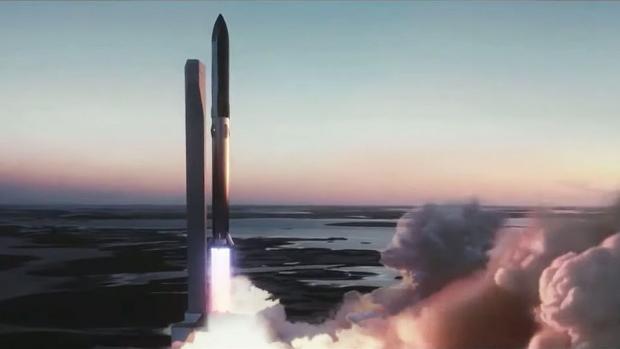
Breaking News
 I've Seen Enough: Trump Is Compromised by Israel & It's KILLING MAGA
I've Seen Enough: Trump Is Compromised by Israel & It's KILLING MAGA
 More than 75 percent decline over 27 years in total flying insect biomass in protected areas
More than 75 percent decline over 27 years in total flying insect biomass in protected areas
 Tourists 'paid £70,000 to shoot innocent people in "human safari" hunting trips to Sar
Tourists 'paid £70,000 to shoot innocent people in "human safari" hunting trips to Sar
 September 2025: Catholic Archbishop Viganò, former Apostolic Nuncio to the United States,...
September 2025: Catholic Archbishop Viganò, former Apostolic Nuncio to the United States,...
Top Tech News
 New Gel Regrows Dental Enamel–Which Humans Cannot Do–and Could Revolutionize Tooth Care
New Gel Regrows Dental Enamel–Which Humans Cannot Do–and Could Revolutionize Tooth Care
 Researchers want to drop lab grown brains into video games
Researchers want to drop lab grown brains into video games
 Scientists achieve breakthrough in Quantum satellite uplink
Scientists achieve breakthrough in Quantum satellite uplink
 Blue Origin New Glenn 2 Next Launch and How Many Launches in 2026 and 2027
Blue Origin New Glenn 2 Next Launch and How Many Launches in 2026 and 2027
 China's thorium reactor aims to fuse power and parity
China's thorium reactor aims to fuse power and parity
 Ancient way to create penicillin, a medicine from ancient era
Ancient way to create penicillin, a medicine from ancient era
 Goodbye, Cavities? Scientists Just Found a Way to Regrow Tooth Enamel
Goodbye, Cavities? Scientists Just Found a Way to Regrow Tooth Enamel
 Scientists Say They've Figured Out How to Transcribe Your Thoughts From an MRI Scan
Scientists Say They've Figured Out How to Transcribe Your Thoughts From an MRI Scan
 Calling Dr. Grok. Can AI Do Better than Your Primary Physician?
Calling Dr. Grok. Can AI Do Better than Your Primary Physician?
SpaceX stacking giant Super Heavy rocket ahead of Starship orbital flight test (photo)

SpaceX is gearing up for the most ambitious test flight yet of its Starship Mars rocket.
Last month, a Starship prototype aced a high-altitude test flight for the first time, soaring about 6.2 miles (10 kilometers) into the skies above SpaceX's "Starbase" site in South Texas and then touching down safely back at the facility. (Four other Starship test vehicles had tried this uncrewed hop in the previous five months, but none of them managed to stick the landing.)
Even before achieving that milestone, however, SpaceX had started planning out the first Starship flight to Earth orbit. In March, for example, company founder and CEO Elon Musk tweeted that SpaceX was targeting July for that landmark trial, which will require both elements of the reusable Starship system — the 165-foot-tall upper-stage spaceship, called (somewhat confusingly) Starship, and the huge first-stage booster known as Super Heavy.
Super Heavy was not involved in the 6.2-mile-high flight; that May 5 jaunt employed just a prototype Starship upper stage, one outfitted with three of SpaceX's next-generation Raptor engines. (The final Starship spacecraft will sport six Raptors and Super Heavy about 30 of them, Musk has said.)
In mid-May, we learned the details of the coming orbital test, thanks to a document filed with the U.S. Federal Communications Commission (FCC) that was first reported by The Verge.

 Unbanked In A Connected World
Unbanked In A Connected World

